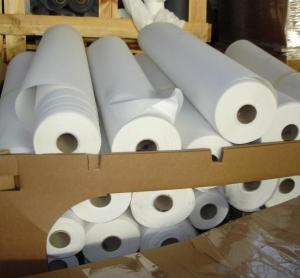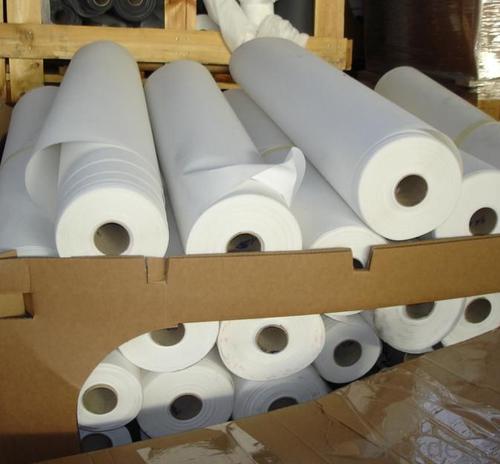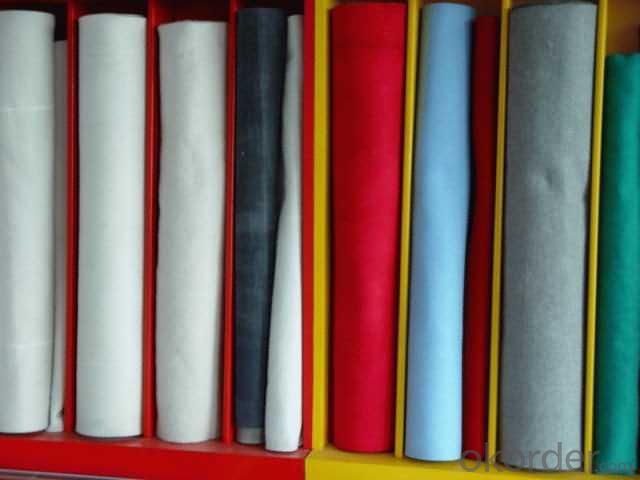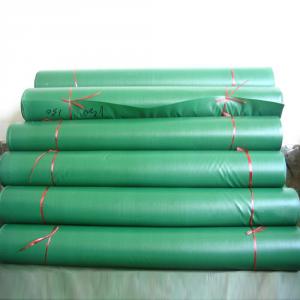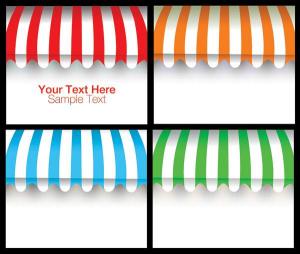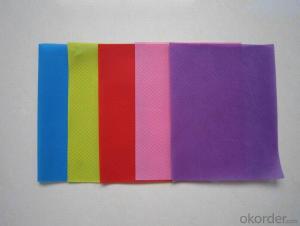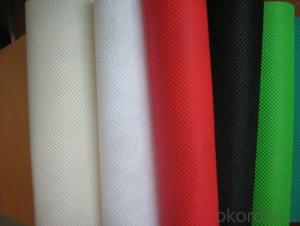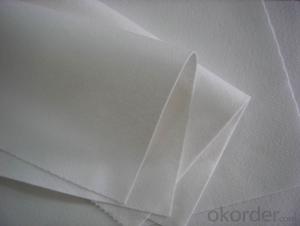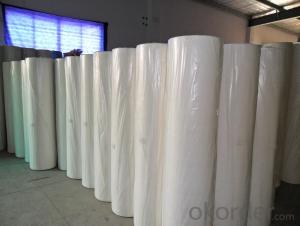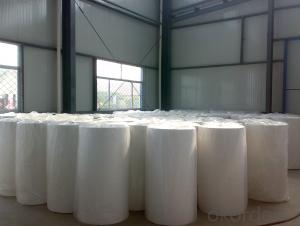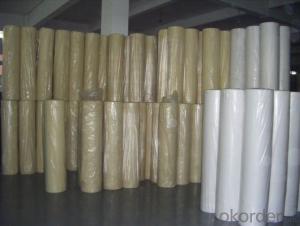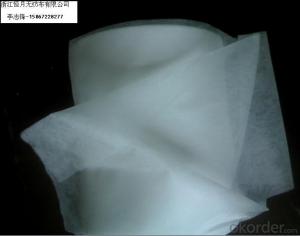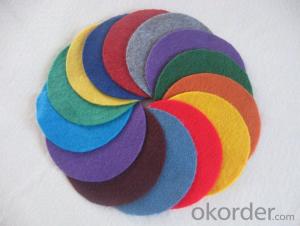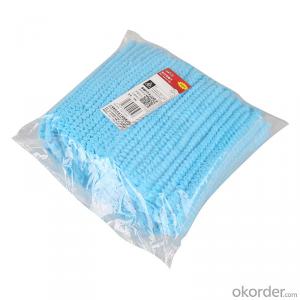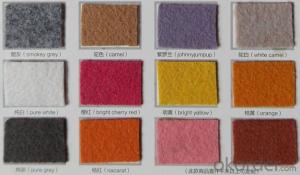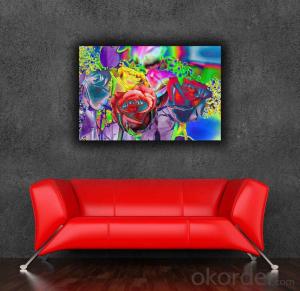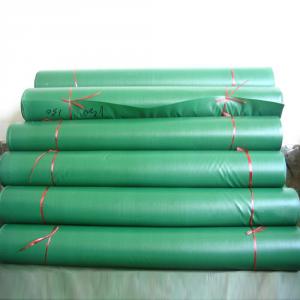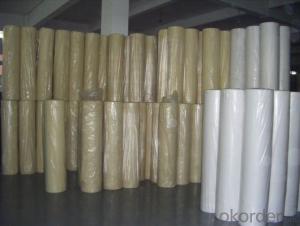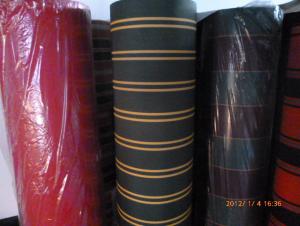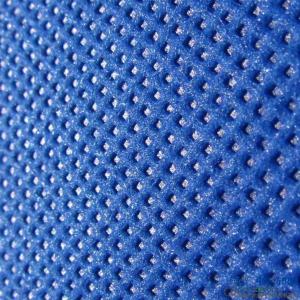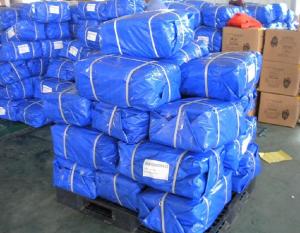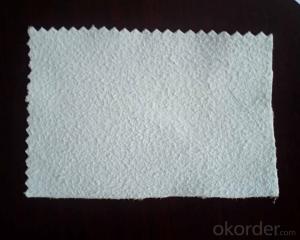100 polyester non woven fabric for car decoration
- Loading Port:
- Shanghai
- Payment Terms:
- TT OR LC
- Min Order Qty:
- 1000 kg
- Supply Capability:
- 10000 kg/month
OKorder Service Pledge
OKorder Financial Service
You Might Also Like
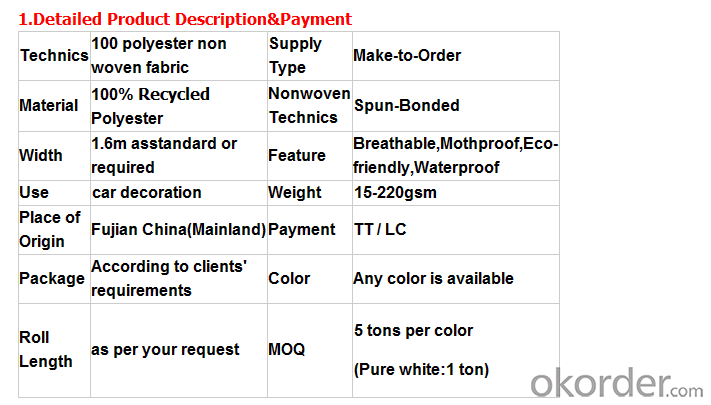
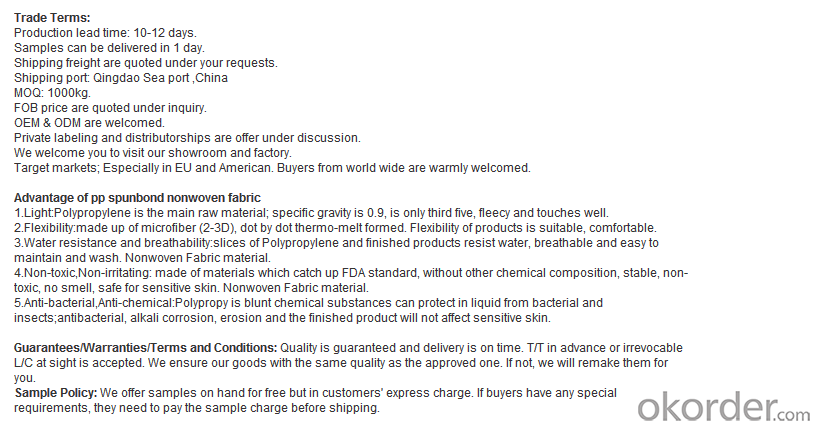
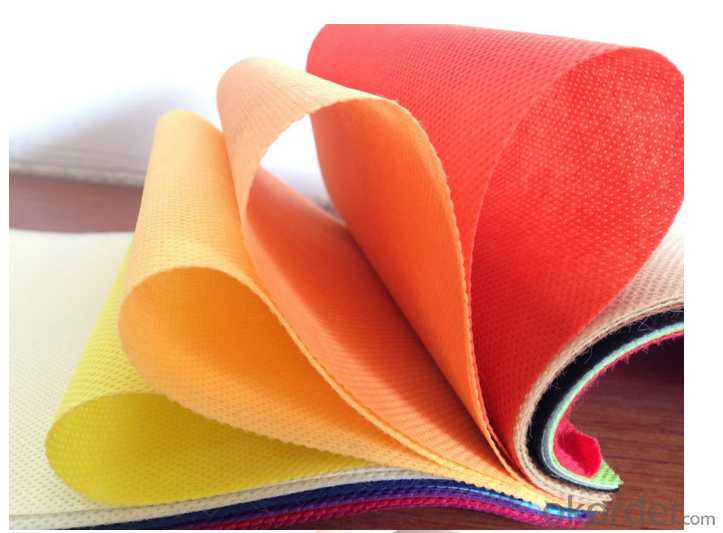
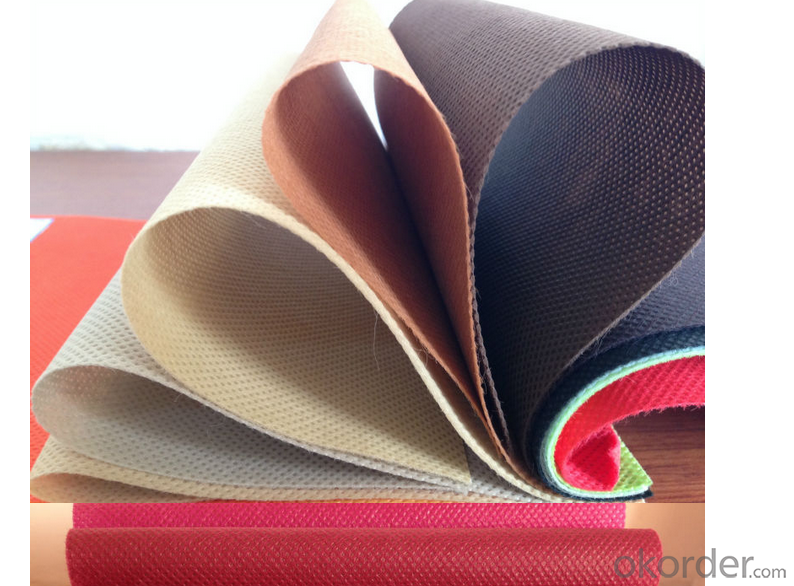
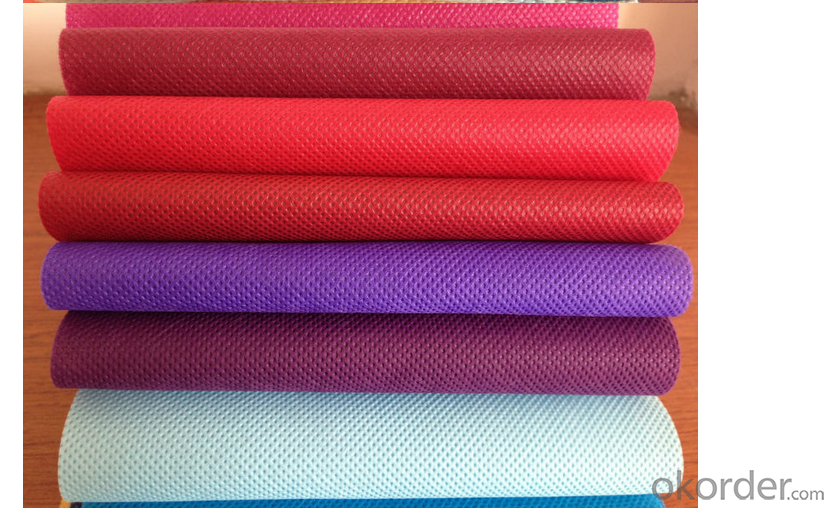
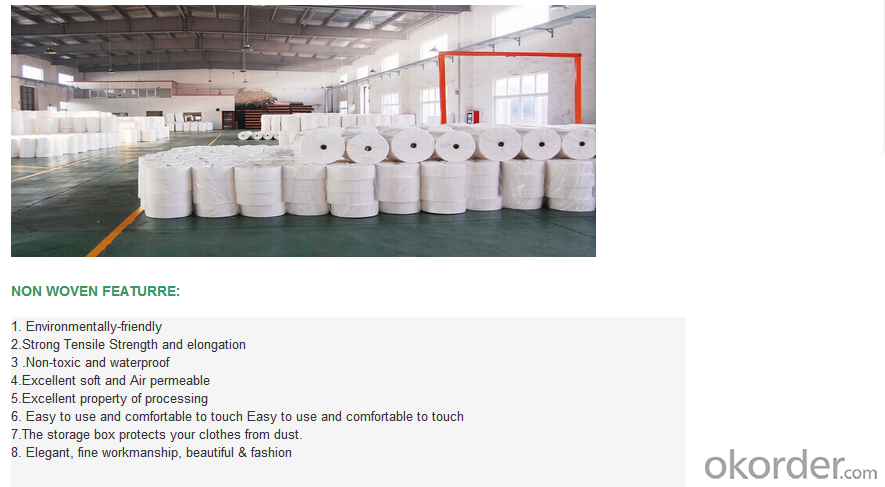
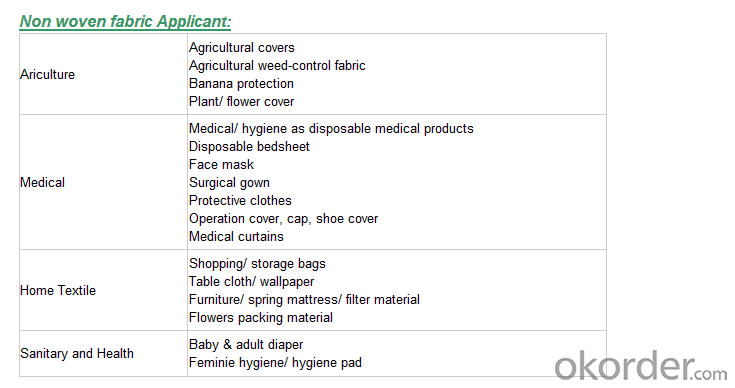
We are recognized as a reliable Manufacturer, Exporter and Supplier of Non Woven Fabric. We can provide Non Woven Fabric in any gram/m2 and any colour required by customer. Non Woven Fabrics are broadly defined as sheet or web structures bonded together by entangling fiber or filaments (and by perforating films) mechanically, thermally or chemically. PP Spun bonded Non woven Fabrics are produced using a precise extrusion-based technology. The polymer is stretched into a continuous filament and loosely spread onto a conveyor belt to form the web. Air is used to form and lay the fabric filaments. On the other hand, some non woven fabrics can be recycled after use, given the proper treatment and facilities.
Product Specifications
Weight: 10 - 150 gsm
Width: Max 1600 mm (can be slit)
Fabric Roll Length: As per buyer’s need ( 200 - 1200 Mtr)
Color: various colors available.
Procedure of production: Spun bonded Non Woven, Diamond design
Material: polypropylene
Minimum Order: 1000 Kg
Sample: sample free, freight collect
Product Application
Non woven fabric manufacturers usually manufacture the fabric in a roll form. It is then sent to various other industries where it has end applications, where is it cut and given different form depending upon the use. They can also be used in combination with different materials and offer a wide range of products.
Colored Non woven fabrics are use in many sectors and variety of applications, such as Health, Hygiene, Medical, Packaging, Agriculture, Furniture Upholstery, Geo Textiles, Leather Industry, Shoes and Garments. Customers come from the textile and automotive industries as well as many other sectors.
- Q: Listed in recent years the textile industry pollutant emissions
- Sulfur dioxide emissions increased by the larger power, steam, hot water production and supply industry, ferrous metal smelting and rolling processing industry, non-metallic mineral products industry, food processing industry, chemical raw materials and chemical products manufacturing industry five industries, industrial sulfur dioxide emissions Rate of 84.4%, the growth accounted for key enterprises to investigate the total sulfur dioxide emissions of 104%
- Q: The problem of anti - splashing of textile fabrics
- Better water repellent treatment is divided by water pressure is not left without traces of the high, if you must leave no trace you can wax
- Q: The development of wool in Australia is not developed.
- The main trading partners are Japan, the United States, mainland China, South Korea, Britain, New Zealand, Singapore, China Taiwan Province, Germany and Malaysia.
- Q: What is the number of raw materials for textile enterprises?
- Cost calculation According to the comprehensive cost of the slurry, and then by the sizing rate to plan the need to consume the total amount of slurry to determine the cost of another sizing energy consumption is also a great cost.
- Q: Textile finishing TPU, TPEF film. What's the difference?
- High mechanical strength. TPU products carrying capacity, impact resistance and shock absorption performance. TPU
- Q: What is the step in the textile fabric
- As much as possible to understand the production and operation of the processing plant, and the factory's excellent / inferior to fully assess, so that know the root.
- Q: What is the difference between the mesh pattern on the textile structure?
- Chemical fiber aging problems: such as acrylic fabric folds easily broken, wear, can be added to other fiber blends to enhance his performance. Sun sun exposure is also easy to cause the aging of fiber, fabric fracture.
- Q: Mechanical characteristics of textile machinery
- High efficiency, high efficiency, provincial maintenance; standardization, serialization, generalization; low energy consumption, low noise, low pollution, is the characteristics and direction of modern textile machinery.
- Q: What is the role of textile degreasing in life?
- Textile degreasing agent in the use of textile processing is unusually common, and the use of the remaining additives is definitely more difficult to practice in terms of light. Therefore, the textile degreasing agent in the textile auxiliaries in this family is particularly popular
- Q: Why can the oil industry be used as raw materials for the textile industry?
- Oil industry, one of the fuel industry. From the exploration, mining to processing a series of oil is completed by the oil sector. For the various sectors of the national economy to provide a variety of fuel oil, including natural oil and oil shale exploration, mining, refining, storage and transportation production units.
Send your message to us
100 polyester non woven fabric for car decoration
- Loading Port:
- Shanghai
- Payment Terms:
- TT OR LC
- Min Order Qty:
- 1000 kg
- Supply Capability:
- 10000 kg/month
OKorder Service Pledge
OKorder Financial Service
Similar products
Hot products
Hot Searches
Related keywords
